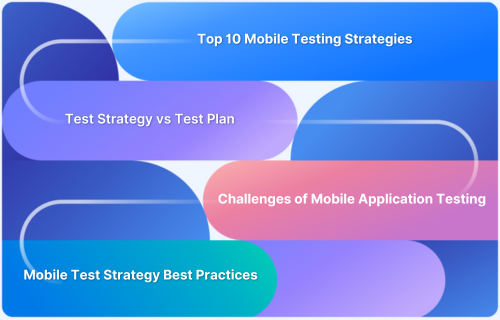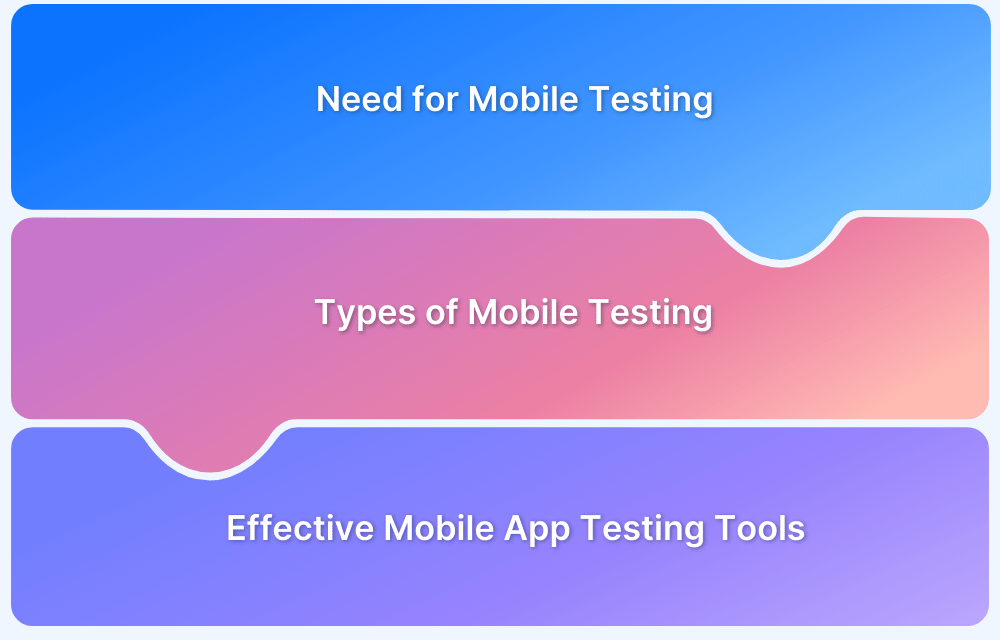Why should CXOs Prioritise Quality of Digital Experiences to Achieve Business Results?
Dileep Marway, BrowserStack Champion - July 4, 2023
Having worked in a C-suite role, I know how important quality assurance (QA) is to achieve successful business results. With the correct approach to your technology strategy, it can mean a massive win over your competitors.
Testing involves finding defects in your product, which will increase the effectiveness of the output to the end client. Quality Assurance (QA) is ensuring that the quality meets the client’s needs. By ensuring the whole team owns quality, it will give a better chance of success being delivered.
Problems
Generally, when advocating for quality at a C-suite level, they will see it at a high level. For instance, if the level of escaped defects keeps on increasing along with incidents, it would mean with a higher chance that they would be reluctant to invest in test automation.
Escaped defects is one metric, though the cause could be complex, and it is key that the senior stakeholders understand the reason.
Let’s take one of my past roles – I came into this role, and the view of testing/quality assurance was such that it was seen as adding no value, thus, any requests for extra funding were always rejected. The bar was low due to buggy monthly releases resulting in priority 1 incidents, and these fixes meant that projects were always delayed.
Root cause(s)
Taking the example of monthly releases and multiple incidents.
After digging into the root cause, we found multiple issues: poor estimation, lack of unit tests, no defined regression testing scope, and multiple regressed components.
QA indicator
In this case, the incidents were an indicator of deeper problems. When I showcased this to the senior leadership team and presented what we needed to do, they immediately started to see the value of quality assurance.
In this case, we had to break down releases and push for daily releases, rather than complex monthly releases. This, along with better unit testing, improved estimation, and improving our automation approach, meant that the level of incidents went down.
Shift left
‘Shift left’ is a key term that has been around for some time. It pushes testers to be involved in the software development life cycle as early as possible.
By shifting our testing left, it meant that we could move from a monthly release to a daily release. This daily release meant that our risk profile dropped. With fewer tickets of change, we could do more focused unit and regression testing, but it also meant that we could work out the dependencies between changes in tickets more easily.
CXO’s
In this particular case, the senior stakeholders were happier as they could see more defined product changes, this meant that we could be ahead of our competitors, and they did not have to wait a month to discuss new changes. At the same time, the level of incidents started to decrease.
This is the true value of quality. If the agile processes are set up correctly, it will mean that QA processes such as automation, performance, accessibility, and regression testing are more fine-tuned to deliver success.
When I was working in a C-suite, the value of quality and testing could be seen in our end chain, which included how many support calls were coming in, were customers happy with our product, how many new customers were being onboarded based on successful sales calls, and ultimately deliveries were deemed successful in the user acceptance testing (UAT) phase.
Speaking the same language
Far too often, I have seen that the reason why stakeholder buy-in fails is that they have not been sold the idea in the right way. What is important is that all members speak the same language.
For example, if we want investment for test automation, if we went forward and sold the technical framework, the senior members will most likely not understand this. Though if we sold this as an analogy, we would have far more chance of success.
For instance, if you manually check your tire pressure daily, a form of automation, in this case, would be adding an automatic tire sensor linked to the car computer, which tells you if the tire pressure drops. This is a form of automation, and it saves you from manually checking the tire pressure daily. This is a far better way to speak the same language with senior stakeholders.
Conclusion
In summary, if you are a C-suite member, if you care about customer service, then quality assurance and testing should be your ally. If your customers are not happy, by investing more into your QA and testing processes, you can change that view and turn the tables around.
If you go back to all successful products, the fact that they just worked and were simple to use meant that success was formed based on product quality.



